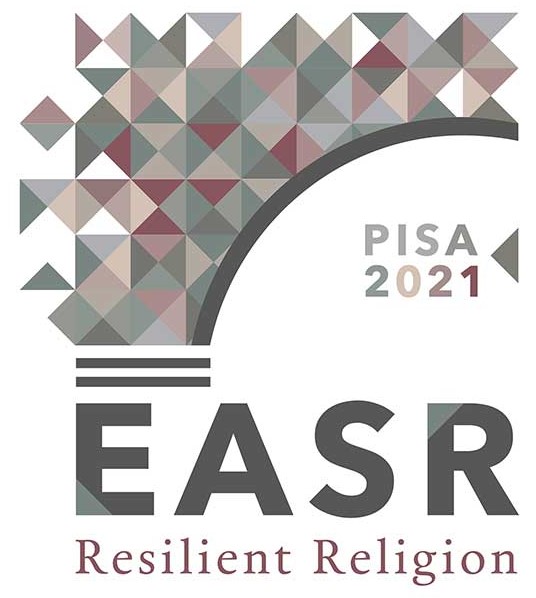Religion as a key factor for resilience: from Rome to Constantinople
In the course of Rome’s long history, religion has always been a powerful tool of resilience against natural disasters and military defeats. As Jörg Rüpke argued recently (Urban Time and Rome’s Resilience: Steeling Oneself against Disaster in Religious Practices, “Numen” 67, 2020, 1-28), an essential document of such resilience through religion was the calendar (fasti). The downfalls and misfortunes the city was able to endure and to survive to could put its very existence at stake, as the Gallic sack or the defeats in the Second Punic War, or could temporarily open a crisis, that would be regarded first of all as a religious one.
In any case, the immediate re-establishment and the careful preservation of the “pact” with the gods (the pax deorum) was a strong support where to hold during the crisis (no matter its causes) and the first pillar upon which starting to rebuild right after. The resilience of Roman religion can be also observed beyond the 410 AD sack and the fall of the Western Empire, and even beyond the shift to Christianity and the move/doubling of some rituals to Constantinople.
This panel intends to explore the resilient function of religion at Rome and to investigate how such resilience could in its turn affect Roman religion, also by delving into some case studies from Rome to Constantinople, from the founding of the first up to the fall of the second.
Giorgio Ferri: giorgio.ferri@uniroma1.it
